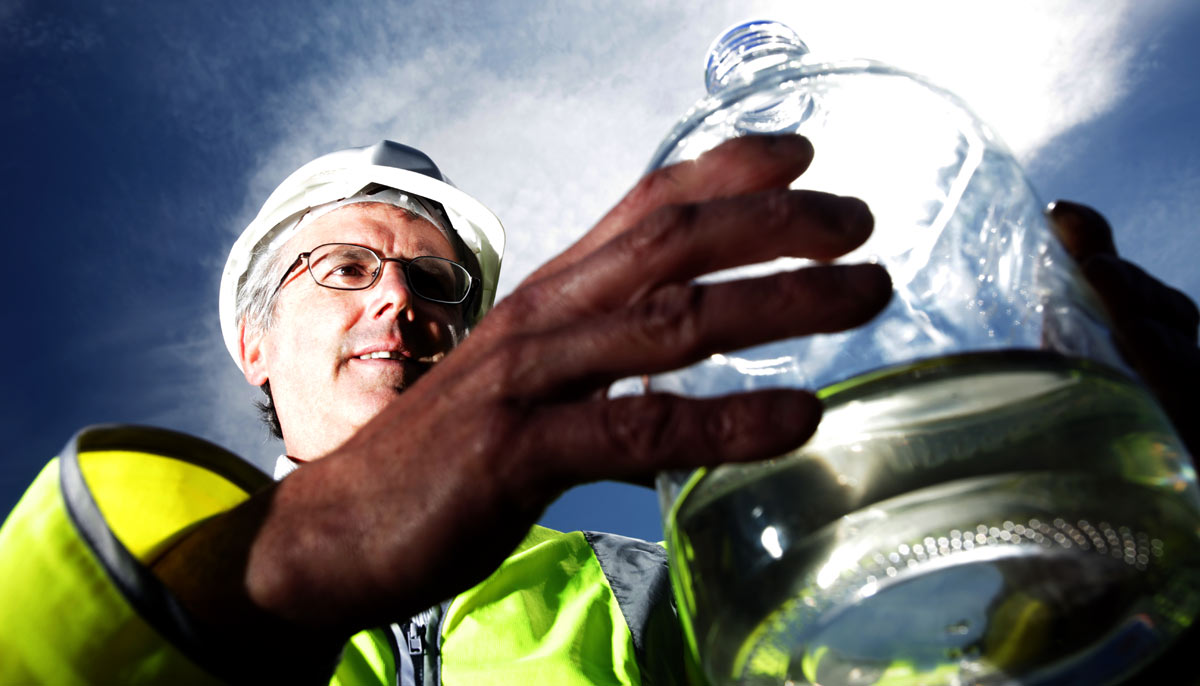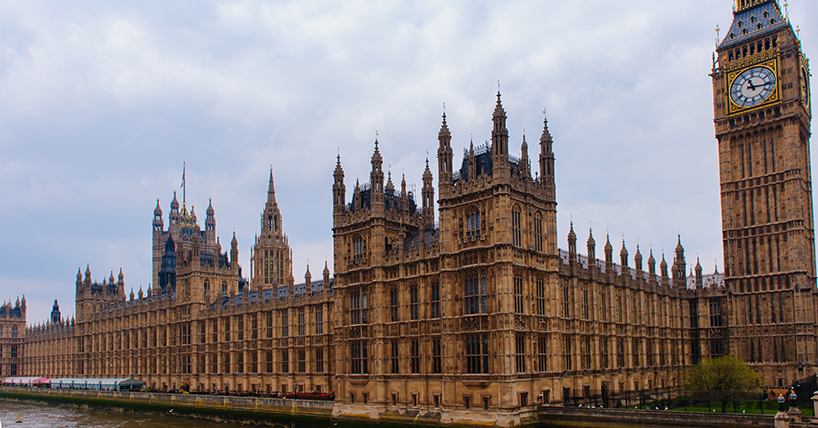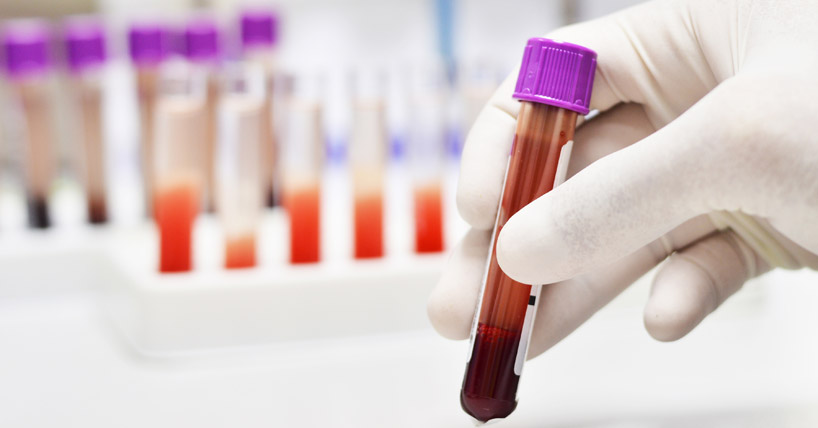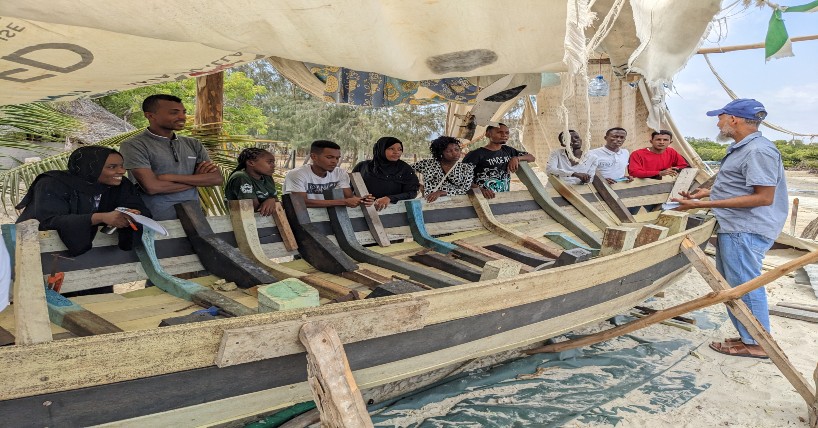Geothermal
Green energy revolution unfolds
Published on: 11 December 2018
It is a small hole in the East End of Glasgow, but it has the potential to make the area the world centre for research into geothermal energy.
The first hole, which has been drilled just across the road from Celtic Park football ground, is one of 12 boreholes that will be drilled across the city to record data as part of the UK Geoenergy Observatories (UKGEOS) project.
If successful, it could see parts of Glasgow being heated from old mine workings and the technology could be exported to other cities across the globe.
The £31 million project will record information about the rocks almost 200 metres into the ground.
This data will then be shared for free to anyone who wants to access it, meaning students, academics, scientists, and businessmen across the world can access this data and use it to inform their own research and innovations.

Capturing hot summers underground
Apart from using hot water from the earth to heat people’s homes, geological research from this site may have many more applications for creating a greener way of living.
David Manning, professor of soil science at Newcastle University, said:
“In this country we’ve been mining for over 2,000 years, even before the Romans in Cornwall we were trading tin to the Phoenicians. We need to take all that knowledge from oil and gas and take it across to geothermal so that we can run with that given it’s carbon free.
“Hot water coming from the inside of the earth can be used to heat people’s houses. We’re also interested in energy storage – what came up can go back down, so it is possible for us to put heat from the surface into underground stores and take it back out again when we need it in winter. Hot summers can be captured, put underground and taken out again."
Zoe Shipton, professor of geological engineering at the University of Strathclyde, adds:
“Big science questions need big pieces of kit. Physicists have their CERN (home of the Large Hadron Collider) and we have our UKGEOS and this is going to be a laboratory with a 15-year design life.
“We can rarely carry out a controlled experiment in the way that chemists and physicists are able to do. This is what UKGEOS will allow us to do – we’re going to characterise a cubic kilometre of rock in Glasgow and know the characteristics of the rock to an incredible degree.
“We’ll have sensors down those boreholes that listen to the earth and hear the changes that happen where we have earthquakes. This sensor going just across the road will be able to hear earthquakes from across the planet, and ones nearerby as the seasons change – or where somebody scores at Celtic Park.
“If we are going to meet the demands of the Paris Treaty and decrease or reliance on fossil fuels and increase the ability of ourselves to power our homes and heat our homes, and run our economy on renewable energy, we need to make it possible for businesses to come in.”
Industries of the future
As well as asking the big scientific questions, which could revolutionise the way we think about heating or homes and storing energy, the boreholes will also be exploring the possibility of heating the local area of the East End and Clyde Gateway.
Ian Manson, chief executive of Clyde Gateway, said:
“The East End has a history of great industry and to regenerate the area we need to look at the industries of the future. We hope this project will create a greater focus on renewables and bring engineering companies and jobs to the area."
Article courtesy of The Herald



